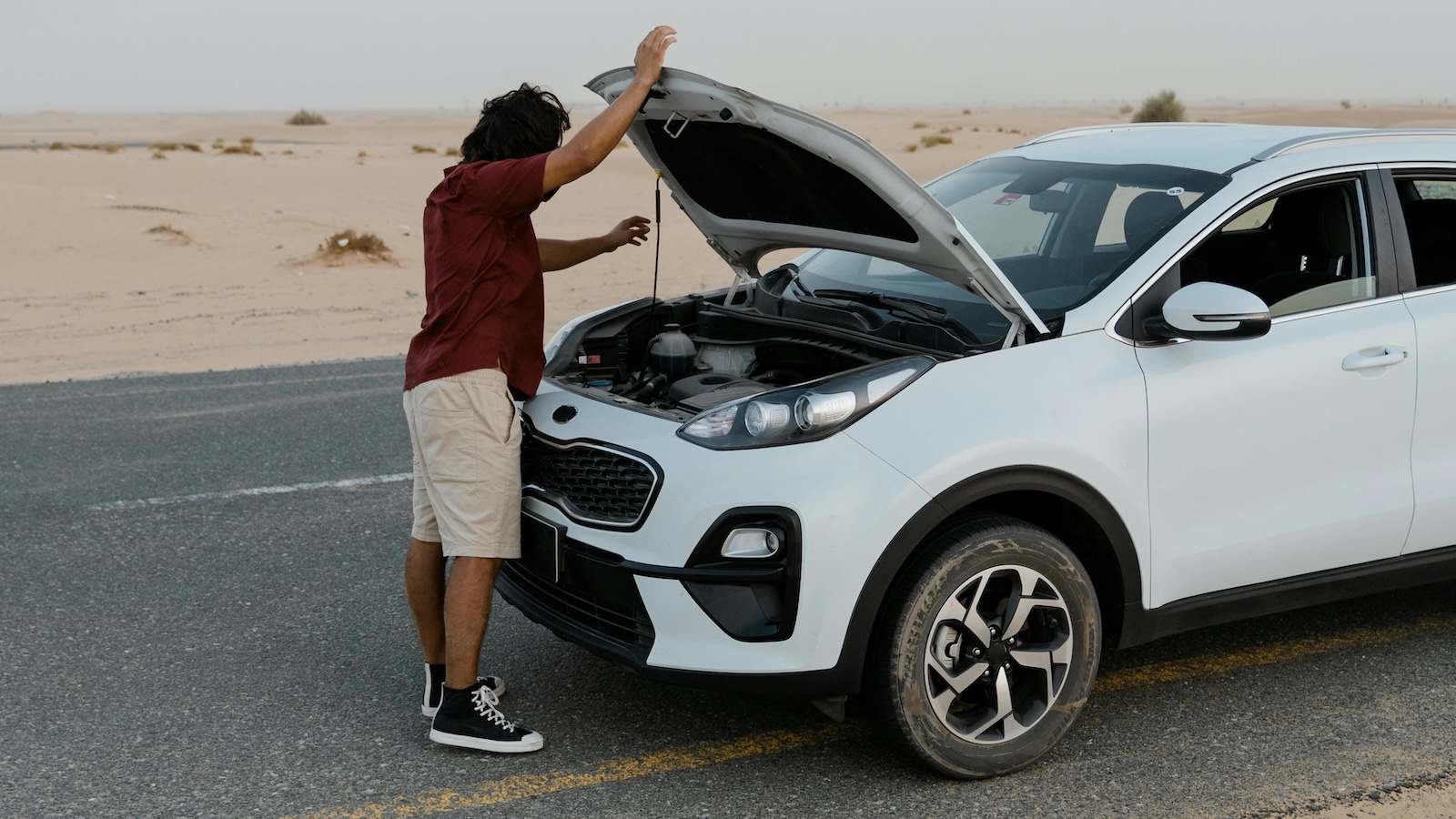Great opportunities often arise in times of great change, and that is certainly the case for the auto insurance market.
Used cars are suddenly worth more instead of less - an inversion of the normal depreciation curve is imploding claim reserves at both primary carriers and reinsurers. The price index for used cars has climbed recently at about 70% above the run rate for the last 10 years. The result is that, for claims in progress, there's a significantly higher payout for fixing and replacing cars.
In just the last six quarters, the normal and expected phenomenon of a car getting cheaper as it gets older has been flipped on its head. Data from J. D. Power tracks used car prices in a value index for the fleet on the street under eight years old. Consumers typically secure full insurance coverage for such cars, which are also the kind still under a loan or just recently paid off. We have not seen this extreme price inversion in this century, so actuarial and predictive analytics models have not been trained for this event. Even a portfolio stress test for auto property damage would not expect a 50% to 70% increase in severity.
Many companies are rapidly filing rate increases; more will likely join them. At the same time, many advertising channels are "going dark" so they don't drive sales of a product with high loss likelihood. It may take several underwriting cycles for rate and risk to again reach equilibrium.
The only silver lining is that newer and better VIN data sources have come to market recently at scale. These detailed configuration and specification data permit VIN-personalization where the actual price new and the current street price can reflect the individual build data per VIN. The only way to accurately set total insured value now is to re-value your portfolio/fleet by VIN to see the magnitude of where you already know the direction of the possible loss ratio.
See also: The End of Auto Insurance
For a fleet of 1 million vehicles, append 1 million current prices. Check your TIV. Check your total loss calculator. Check your open reserves. Check your intrinsic diminished value subrogation if that is on your radar. At least when things age for a while, you will have actual data to show your board of directors, the audit committee and the solvency inspector from the DOI. If you are signing your own name to the reserve opinion this year and next, you may feel smart with a frequent append of VIN-to-price for your fleet in each of the next months and quarters. An opinion of magnitude is better with street pricing of actual cash value -- at least until simpler times of downward-trending depreciation returns.
One of the many takeaways from J.D. Power's quarterly auto insurance shopping report is that consumers are seeking value when buying insurance and are open to methods that allow for personalization of policies. Now, it's up to insurers themselves to take advantage of this dynamic and better align their practices to meet the needs and preferences of these consumers while also making sure their own foundation is strong.








